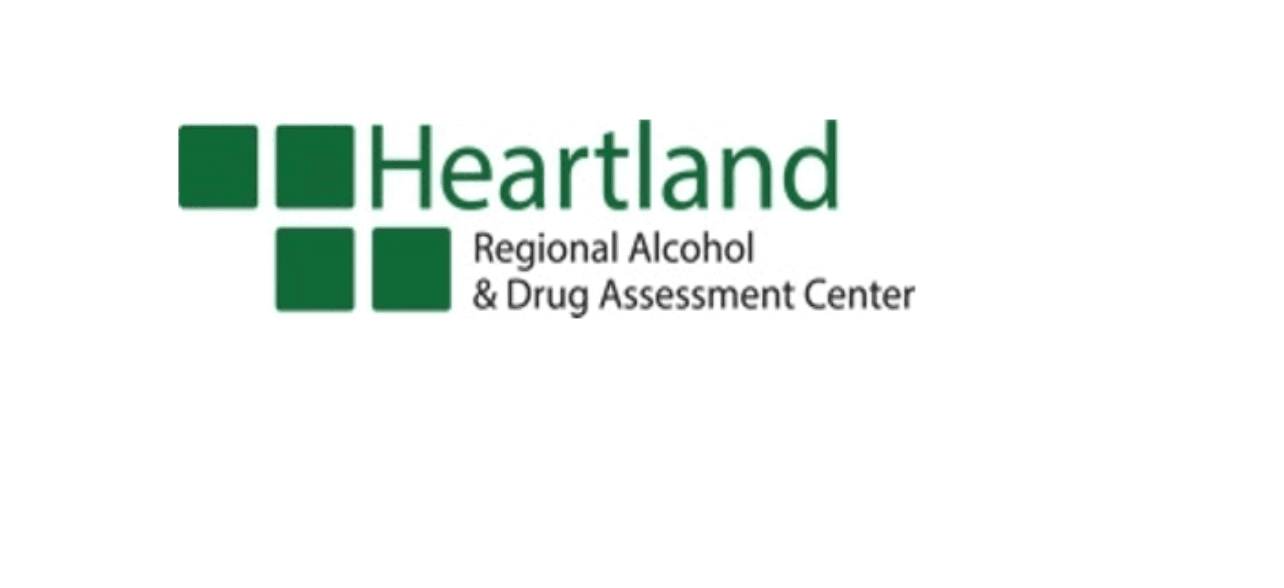The flag, commonly known as the Stars and Stripes, is one of the most recognizable symbols of the United States of America. The first flag was adopted on June 14, 1777 and featured 13 alternating red and white stripes to represent the 13 colonies and a field of blue, referred to as the “union,” in the upper left corner. Thirteen stars, in a circular shape, adorned the blue. Since then, there have been 38 versions of the flag with the latest being adopted on July 4, 1960 after Hawaii became a state.
Because the flag is such a strong symbol of our nation, many rules of etiquette have been adopted. As you display your flag in celebration of our nation’s independence, consider these rules:
- No other flag should be placed above the American flag.
- The U.S. flag should always be the first flag raised and the last to be lowered.
- When raising the flag, do it briskly, but lower it slowly and ceremoniously.
- The flag should never be displayed after dusk unless illuminated.
- Only the President of the United States or a state governor within a state can order the flag to be flown at half-staff.
- The flag should never be displayed with the union down unless you want to warn of extreme danger or distress.
- Never bunch up the flag, instead use bunting designed for that purpose.
- Rather than using the flag as part of a costume or uniform, incorporate a flag patch, especially on uniforms of the military, fire fighters, the police department and members of other patriotic organizations.
- Display or store the flag in such a way as to not allow it to be torn, soiled or damaged.
- Never step on the flag or use it as a rug.
- The flag should never touch anything beneath it, but contrary to urban legend, the flag code does not require that a flag be burned if it touches the ground.
- Flags that are damaged and can no longer serve as a symbol of our nation should be destroyed in a dignified manner, preferably by burning.
There are many other rules and rituals that are outlined in the U.S. Flag Code. These guidelines have been adopted to protect a symbol that represents our nation. As we celebrate our nation’s independence today, may we be reminded of the words of our Pledge of Allegiance, “…with liberty and justice for all.”

